Mastering speed control on roller skates is the key to skating safely and confidently. Whether you're just starting or have some experience, knowing how to slow down, stop, and manage your pace is essential for avoiding falls, navigating slopes, and enjoying your ride. Here's what you need to know:
- Why It Matters: Controlling your speed keeps you safe and lets you skate with confidence, especially in busy areas or on uneven terrain.
- Basic Techniques for Beginners: Start with simple stops like the T-Stop or heel brake. These are easy to learn and effective for slowing down.
- Advanced Techniques for Intermediates: Once you're comfortable, try methods like the Powerstop or Lunge Stop for more precision and control.
- Good Form is Key: Keep your knees bent, engage your core, and shift your weight smoothly for better stability.
- Adjust Your Gear: Use softer wheels for outdoor surfaces and harder wheels for indoor rinks. Tighten axle nuts or switch to lower-rated bearings for more control if you're feeling too fast.
Pro Tip: Practice in safe, open areas like parking lots or quiet park paths before hitting busier streets. And always have multiple stopping methods in your toolkit for different scenarios.
Speed control isn't just about safety - it's about enjoying your skates to the fullest. Ready to roll? Let's dive in!
5 Must-Know Stops for Downhill Roller Skating: Save Yourself! | Skate Tips
Good Skate Form for Better Speed Hold
Holding the right skate form is key to keep in control and steady while you roll. A firm stand lets you move smooth and with sure.
First Skate Form for New Ones
Here are some hints to help you get the first steps right:
- Keep your back up and knees a bit bent: This sets your body low, helping to keep you sure.
- Use your mid-body muscles: Your mid part keeps you stable, giving extra help as you go.
- Move your weight from side to side: Going soft from one foot to the next keeps you steady and ready to move.
Once you have a firm form, you'll find it much light to work on the stop and control of your speed. A strong form gets you ready for more as you learn more skate skills.
Easy Ways to Stop When Skating Fast
When you learn to stop well, it changes how you skate. Start simple, then try harder ways to stop. Here, we explain key moves for new and somewhat skilled skaters to keep you safe.
Simple Stops for New Skaters
If you're just starting, try these easy methods:
- T-Stop: Put one foot back, turn it so it makes a "T" with your front foot, and drag to slow down.
- Stepping Plough: Turn your toes in to make a "V", push out to cut speed.
For many new skaters, using the heel brake is the best first pick. Skating pro Skatefresh talks about why it's key:
"I recommend that to street skate you must be able to stop, using whatever methods work for you. I also recommend using the easiest, most functional and effective stop, the heel brake if you are fairly new to skating or haven't had the time or inclination to learn and master several others".
Better Ways to Stop for Skaters Who Know the Basics
Once you have the simple stuff down, learning new stopping ways can help you get even better. These tricks are great for skaters at Star 3 to Star 4 levels who can already control their speed and keep up a steady practice.
- Lunge Stop: Drop into a deep bend and drag your back foot to make friction and stop right.
- Powerstop: Make a sharp turn and push on the edge for a fast, hockey-like stop.
- Tight Turn Succession (for roller skates): Make quick, sharp turns to slowly lose speed.
- Power Slide: Turn to the side, have your wheels slide sideways from your path, making the most friction.
- Parallel Stop: Slide both feet at once. This move needs practice but gives great control at all speeds.
Skatefresh says skaters should not give up the heel brake until they're good at tricks like these:
"You should not remove your heel brake until you have the following stopping methods fluently in your repertoire".
It's smart to use more than one way to stop. Try using a T-Stop with a Stepping Plough. It lets you do more in different times.
When and Where to Learn to Stop Safe
It's best to learn in safe spots. Places like open parking lots, tennis courts, or calm park paths work well. Start with stops like the T-Stop or Powerslide there.
If you feel scared or find it hard to slow down, think about making your wheels slower. Kelly from Skate Base London says this helps:
"Slowing things down can help you build confidence and find your footing (literally), it can give you the breathing space you need to focus on learning the fundamentals [without having to fight your forward roll before you've learnt how]. This can be particularly important for anxious skaters - especially when learning on a fast smooth indoor polished surface or outdoor polished concrete surfaces".
Here's how to make your wheels slow:
- Make the axle nuts a bit tight.
- Take out wheel spacers.
- Pick bearings with low rates, like ABEC-3 or ABEC-5.
Most importantly, don't try hard stops in busy spots until you're good at them. Like Skatefresh says:
"When a skater decides to begin skating on streets, it is I hope with a clear and rational understanding of their skill level and ability to control and stop their speed at will".
Skaters do not have the same safety as cars do. Thus, good skills to stop are key to keep safe. Keep learning each way until it is easy, and always think of safety as you get more sure of yourself.
Using Terrain to Manage Your Speed
The type of surface you’re skating on plays a big role in how you control your speed. Choosing the right wheels can make all the difference when it comes to grip, stability, and overall performance. Let’s break down how indoor and outdoor surfaces call for different wheel setups.
Indoor vs. Outdoor Surface Differences
Indoor surfaces, like polished rink floors, are smooth and create minimal friction. This means you can skate faster with less effort. To handle these conditions, harder wheels (rated around 85A–97A) are your best bet. They provide the grip and precision you need to glide effortlessly without losing control.
Outdoor skating is a whole different story. Surfaces like asphalt, concrete, or bumpy sidewalks create more friction and can slow you down. For these rougher terrains, softer wheels (around 78A) are ideal. They’re better at absorbing shocks and help maintain stability, even when the ground gets uneven.
For those tricky mixed surfaces - think cracked sidewalks or city streets - medium-soft wheels (about 82A) strike a great balance. They offer enough grip to keep you steady while still cushioning the ride, making it easier to stay agile and in control. With the right wheels, you’ll be ready to tackle any surface with confidence.
sbb-itb-17ade95
Common Speed Control Challenges and Solutions
Even with the best wheel and surface setups, many skaters find speed control to be a tricky skill to master. But don’t worry - understanding the common challenges and how to address them can make a huge difference. Let’s dive into some practical solutions for the most frequent issues skaters face.
Building Confidence to Handle Faster Speeds
One of the biggest obstacles for skaters is the fear of going too fast. This fear often comes from feeling like your wheels are spinning out of control, especially on smooth indoor surfaces or polished concrete. That unpredictability can hold you back from progressing.
Here’s how to tackle it:
- Tighten your axle nuts slightly: Turn them clockwise to create a bit of drag, which makes your skates feel more stable and predictable.
- Switch to lower-rated bearings: Opt for ABEC-3 or ABEC-5 bearings instead of higher-rated ones. These provide more friction and less speed - perfect for beginners building strength and confidence.
- Use soft wheels: Hard wheels can be slippery and tough to manage, especially for newer skaters. Soft wheels offer better grip and make your movements feel more controlled.
Once you’ve made these adjustments, you’ll start to feel more in control. As your confidence grows, you can shift your focus to improving your balance and reaction time.
Better Balance and Reaction Time
Struggling with balance and slow reaction times can make speed control even harder. If you can’t adjust quickly to changes in terrain or your position, staying in control becomes a challenge.
Here’s how to sharpen those skills:
- Master multiple stopping techniques: Don’t rely on just one method like the T-slide. Learn a variety of stops, such as the Plough stop, Stepping Plough stop, Lunge stop, Powerstop, and Backwards Powerslide. Practice them at different speeds until they feel natural.
"My professional opinion after teaching inline skating since 2000 is that, you should not remove your heel brake until you have the following stopping methods fluently in your repertoire."
- SkatefreshAsha
- Combine stopping methods: Practice transitioning between techniques, like moving from a T-slide into a Stepping Plough stop or from a Parallel Turn Slalom into a Lunge stop. This gives you options and improves your ability to respond quickly in different situations.
The more automatic your reactions become, the better you’ll handle unexpected situations. And speaking of unexpected situations, let’s talk about recovering from mistakes.
Recovering from Mistakes While Learning
Every skater will face moments where they’re moving faster than intended or feel like they’re losing control. The key is knowing how to recover safely to turn a scary moment into a learning experience.
- Rely on your heel brake: For newer skaters, it’s often the easiest and most effective way to stop. Think of it as your safety net while you’re building other skills.
- Practice emergency stops: Techniques like the Powerstop and Backwards Powerslide are great for halting quickly at high speeds. The Powerstop is especially useful in emergencies, while the Backwards Powerslide (entered from a forward position) can be one of the fastest ways to bring yourself to a stop.
"When a skater decides to begin skating on streets, it is I hope with a clear and rational understanding of their skill level and ability to control and stop their speed at will."
- SkatefreshAsha
- Stay on top of maintenance: Regularly check your wheels and bearings for dirt, wear, or looseness. Clean your bearings if they feel sticky or make odd noises, and apply bearing lube regularly - but don’t overdo it. Adjust the tightness of your wheels as needed since weather, terrain, and regular use can change how they perform over time.
Aim to have 2–3 reliable stopping methods that work at your top speeds. This gives you the flexibility to adapt if one method isn’t right for the situation. By combining these recovery strategies with the braking techniques mentioned earlier, you’ll have a well-rounded approach to managing your speed.
Why Snowfeet* Short Skates Make Speed Control Easier
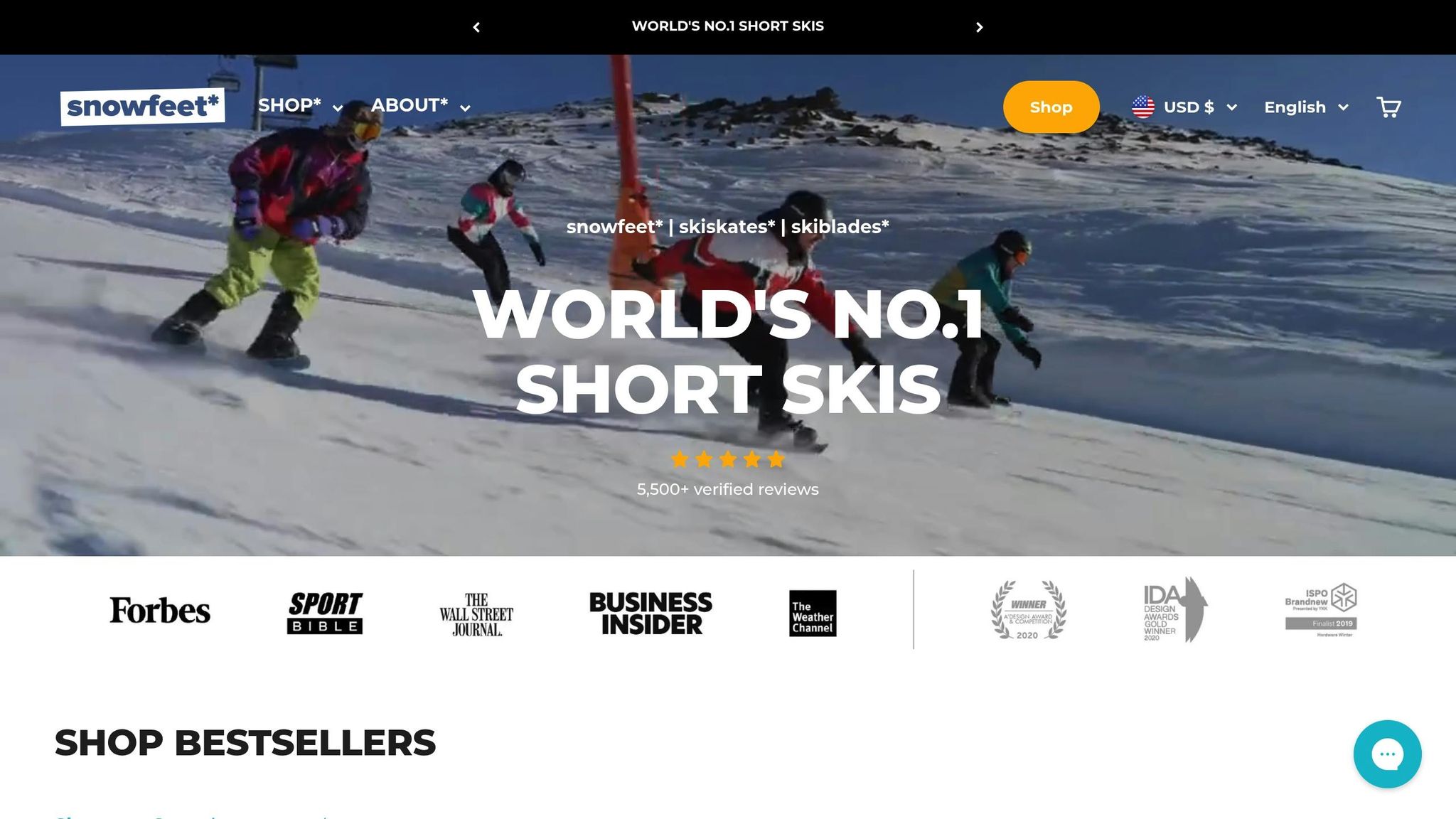
While this guide focuses on roller skating, Snowfeet* short skates offer a straightforward and effective way to manage speed for winter sports enthusiasts. Here's why Snowfeet* stands out from the crowd.
Why Snowfeet* Makes Speed Control Simpler
The compact design of Snowfeet* short skates is a game-changer when it comes to speed control. With lengths of 15 inches (38 cm) for Mini Ski Skates and 19.7 inches (50 cm) for the PRO model, these skates allow for quick edge-to-edge movements. This shorter length translates to faster, more precise responses to your body’s movements. Because they’re lighter and more agile than traditional skis, you avoid the struggle of managing the weight and momentum of larger equipment. That means you can focus on improving your technique and muscle memory without the extra hassle.
Another bonus? The lower center of gravity. This design feature helps improve balance and reaction time, making it easier to recover from sudden shifts.
Snowfeet* vs. Traditional Winter Sports Gear
Let’s compare Snowfeet* to traditional winter sports gear to see how they stack up:
| Feature | Snowfeet* Short Skates | Traditional Winter Sports Gear |
|---|---|---|
| Length | 15–47 inches | Typically 60 inches or longer |
| Portability | Compact and backpack-friendly | Bulky; requires special storage |
| Price Range | $250–$775 | Often a larger investment |
Traditional gear often requires wide, sweeping turns and comes with a bulky, heavy design. This can make it harder to control speed and adds extra effort when transporting or storing the equipment. Snowfeet*, on the other hand, are portable, easy to store, and designed for intuitive use. They’re also more budget-friendly, making it easier to practice frequently and improve your skills.
Perfect for Beginners and Intermediates
Snowfeet* short skates are designed to make life easier for both beginners and intermediate users. For starters, they eliminate the need for specialized ski boots - you can use your regular winter boots instead. This makes getting started much simpler.
Beginners will find Snowfeet* intuitive and easy to control, helping them gain confidence without facing a steep learning curve. The straightforward setup means you can focus on balance and control right away.
If you’re already comfortable with roller skating, you’ll love how easily your skills transfer to Snowfeet*. Their emphasis on balanced weight distribution and gradual pressure application makes speed control feel natural. Plus, you can use them on a variety of terrains - groomed slopes, hiking trails, or even your backyard - giving you plenty of opportunities to practice and adapt.
For those looking to step up their game, the Snowfeet PRO model, priced at $275, offers features like adjustable bindings and durable construction. This model is perfect for more advanced techniques while still providing the same ease of control that makes Snowfeet* a standout choice. Whether you’re just starting or looking to refine your skills, Snowfeet* empowers you to skate with confidence and control.
Conclusion: Master Speed Control for Safe and Confident Skating
Speed control is the backbone of safe and enjoyable skating. Whether you’re weaving through crowded sidewalks or taking on your first downhill slope, knowing how to manage your speed is what sets confident skaters apart from those still honing their skills.
The basics we covered - like proper posture, braking techniques, and being aware of your surroundings - create a solid framework for handling different situations. Recognizing how terrain impacts your speed lets you make smart choices before any issues pop up. Plus, working through common challenges helps you feel more in control.
This all comes down to self-awareness. Before you dive into trickier environments, take a moment to evaluate your stopping skills. Can you pull off a T-stop at your top speed without hesitation? Do you have backup methods ready for when your go-to technique doesn’t cut it?
Practice is key. But don’t just stick to slow, easy speeds. Push yourself to brake effectively at higher speeds, on different surfaces, and in various conditions. This kind of focused training builds muscle memory and gives you the confidence to handle unexpected situations like a pro.
"Quick stops are not just about halting motion; they're a cornerstone of safety and control for every speed skater."
- Skateraati Team
Having multiple stopping techniques in your arsenal is a game-changer. The T-stop is great for slowing down, but it’s not always enough when things get intense. Combining methods - like pairing a T-slide with a stepping plough stop or a lunge stop - gives you the flexibility to handle real-world challenges.
The skills you develop here can even carry over to other activities. For instance, the same principles of balance, weight distribution, and controlled pressure apply to winter sports gear like Snowfeet*. Trying out short skates like these not only strengthens your fundamentals but also gives you fresh ways to practice speed control in different settings.
When you master speed control, the skating world opens up. You’ll skate with confidence, explore new places, and safely push your limits. Start with the basics, practice often, and build your skills step by step. This dedication not only levels up your skating but also gets you ready for advanced challenges - whether that’s tackling steeper slopes or experimenting with innovative gear like Snowfeet*.
FAQs
What are the most common mistakes beginners make when controlling their speed on roller skates, and how can they fix them?
Beginners often face challenges with controlling their speed, and it usually boils down to a handful of common mistakes. These include skipping protective gear, having poor posture, using the wrong stopping techniques, ignoring skate upkeep, and skating in areas that aren’t safe.
To steer clear of these issues, make safety your first priority - always wear protective gear like helmets and knee pads. For better balance and control, keep your knees bent and your core engaged. When it comes to stopping, practice methods like the T-stop or plow stop, which are both reliable ways to manage your speed. Don’t forget to take care of your skates: tighten bolts, clean the bearings, and check the wheels regularly for wear and tear. Finally, stick to smooth, flat surfaces while practicing. It’ll make skating safer and help you build confidence as you improve.
How does adjusting my roller skate wheels and bearings help with speed control?
Adjusting your roller skate wheels and bearings can make a big difference in how you control your speed. If you're just starting out or skating on smooth indoor surfaces, softer wheels are your best bet. They grip the floor better and keep your speed manageable. On the flip side, harder wheels are great for seasoned skaters or outdoor use since they roll faster and handle rougher terrain more easily.
Bearings are another key player in your skate's performance. Clean, high-quality bearings help your wheels spin faster and more smoothly, while older or dirty ones can slow things down - giving you a bit more control if that's what you need. To keep your skates rolling their best, make it a habit to check and clean your bearings regularly. This way, you can tweak your setup to fit your skill level and where you're skating.
What are the best ways to transition from beginner to intermediate stopping techniques on roller skates?
When you're ready to move beyond the basics, it's time to work on the T-stop and Plow stop. These are fantastic tools for controlling your speed and stopping with precision. They build on the fundamentals you've already learned and add more flexibility to your skating.
Once you've got those down, try tackling the Lunge stop and Power stop. These require a bit more balance and finesse, but they’re super effective for quick, sharp stops. Stick with regular practice and don't rush the process - these moves take time to perfect, but they're key to skating with confidence and control.







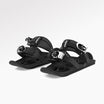
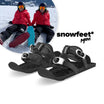
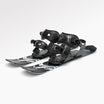
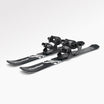

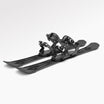

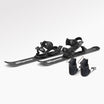






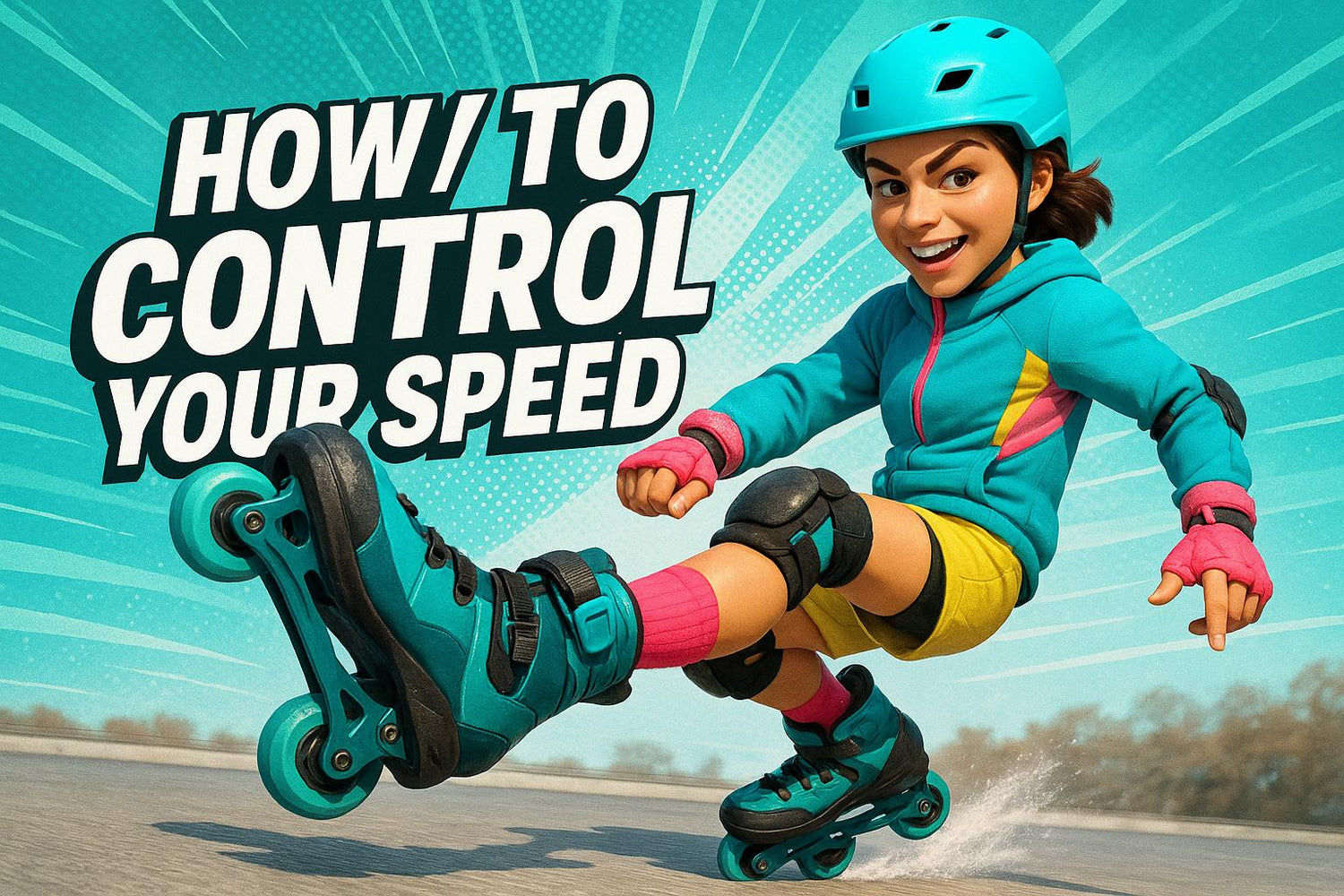
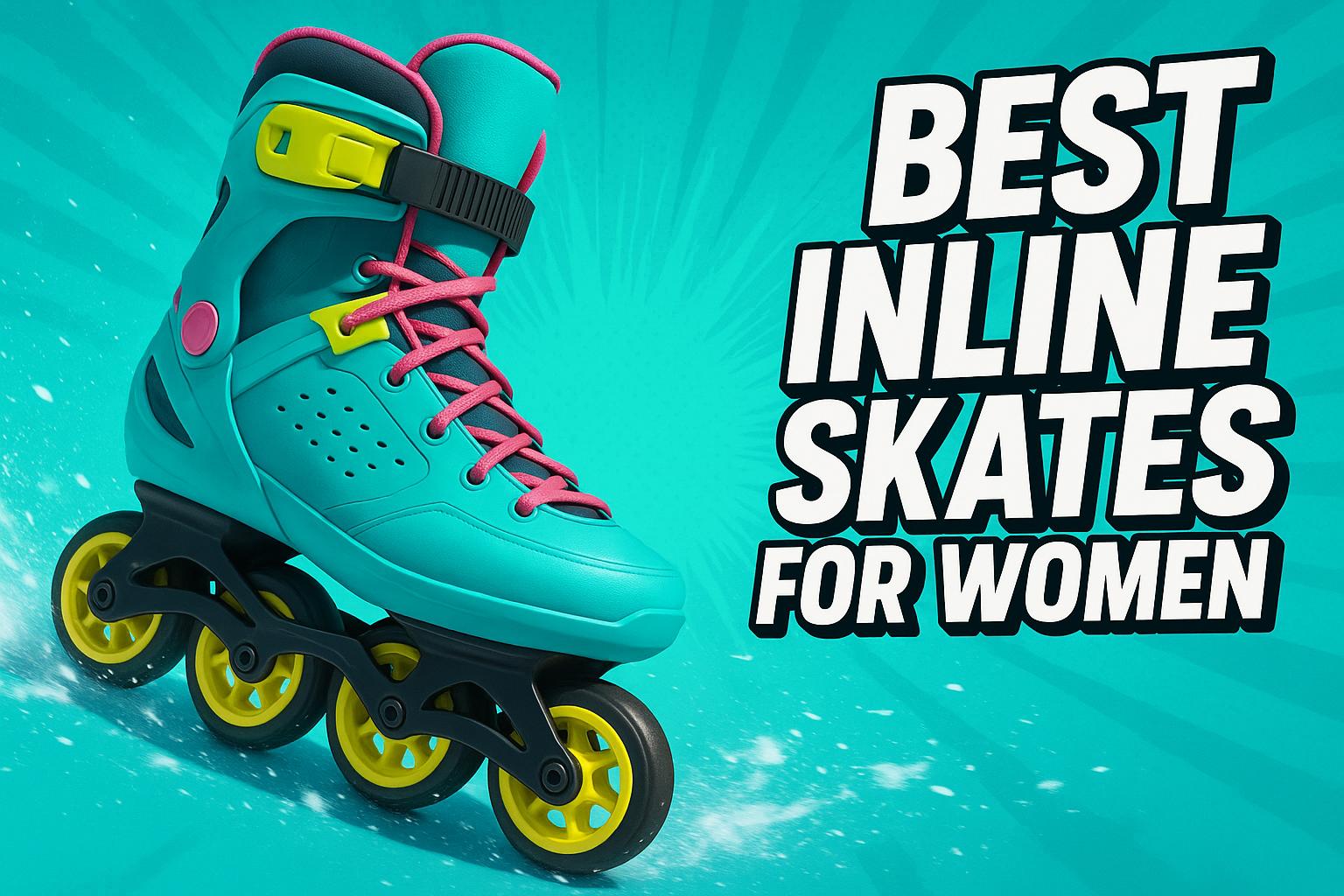
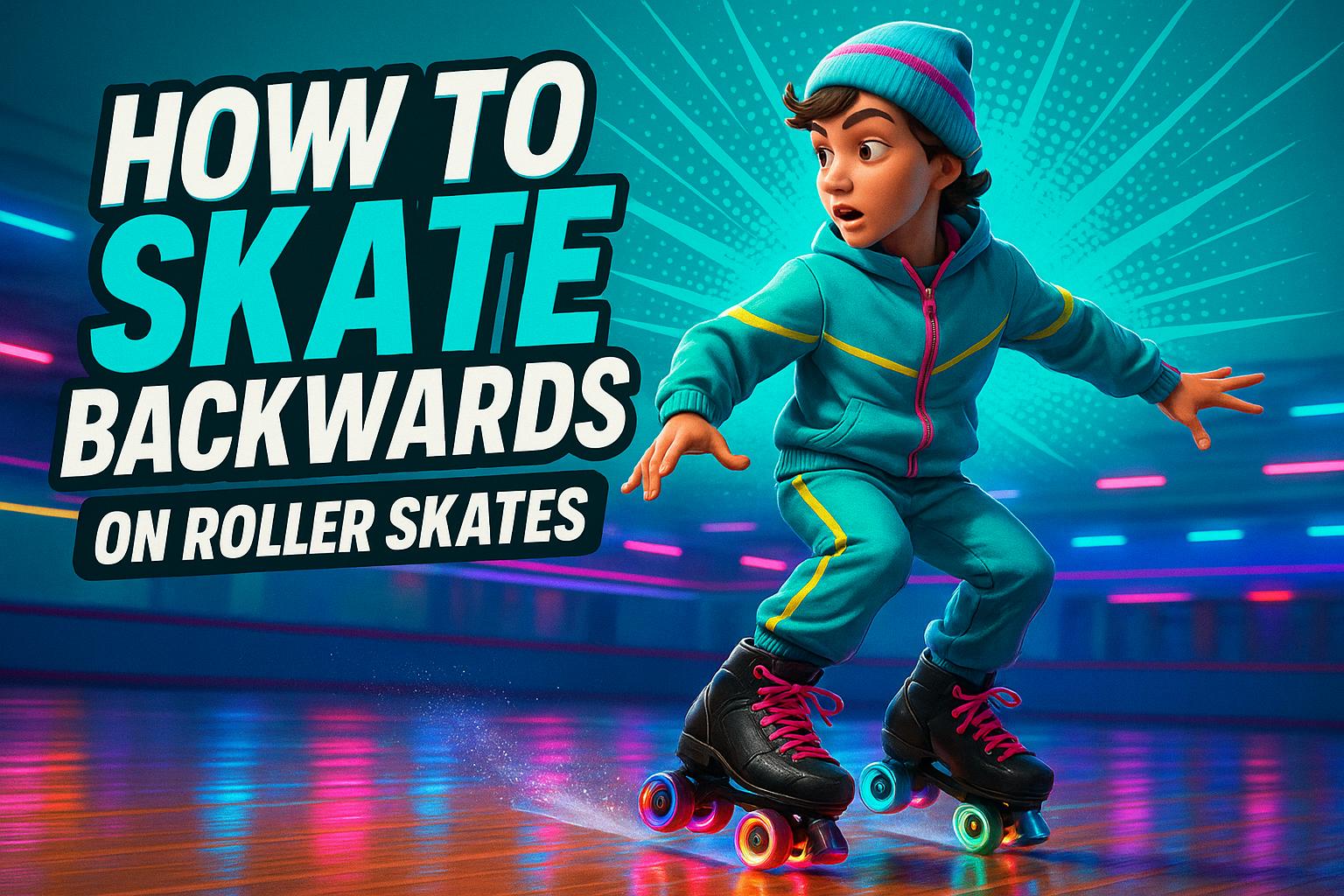




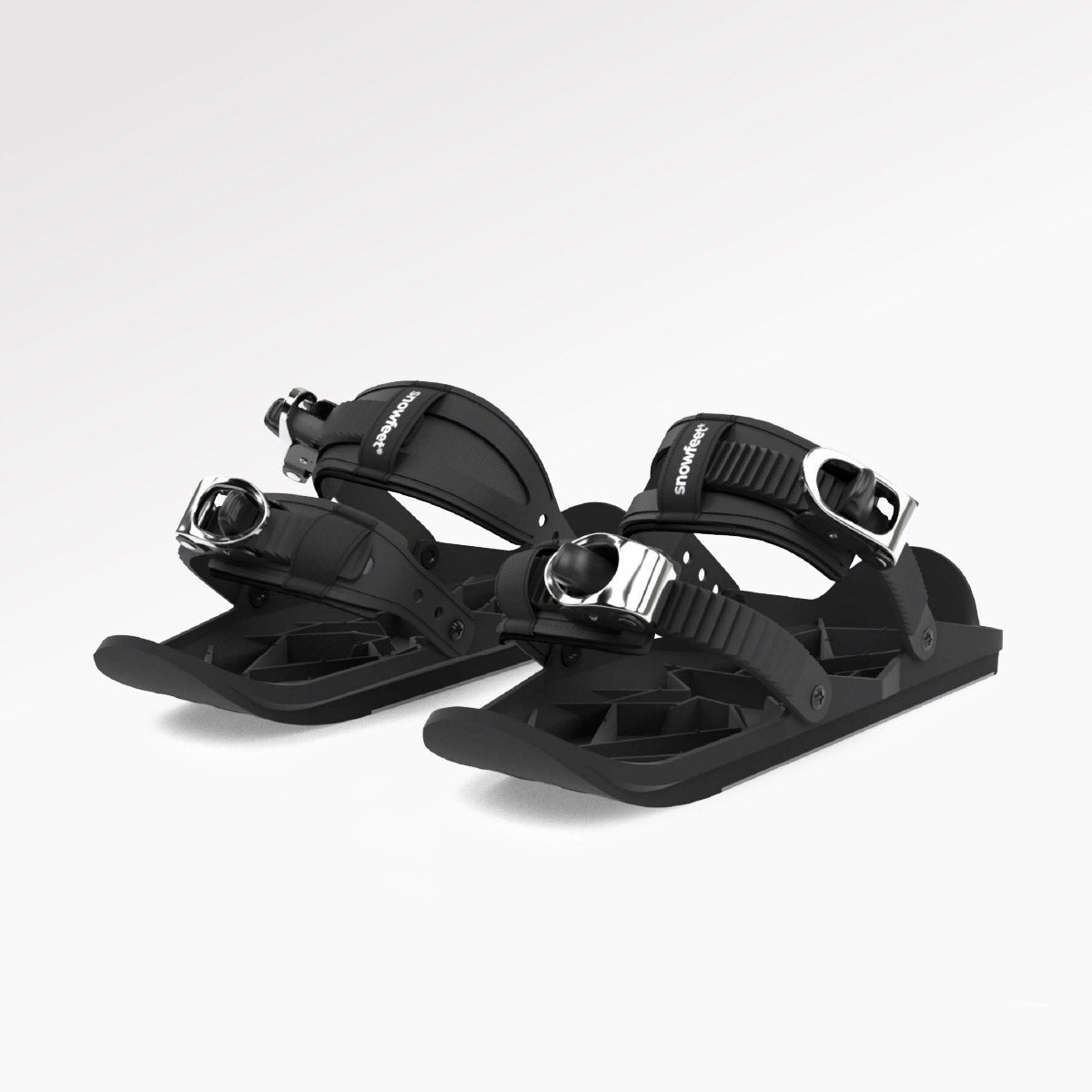
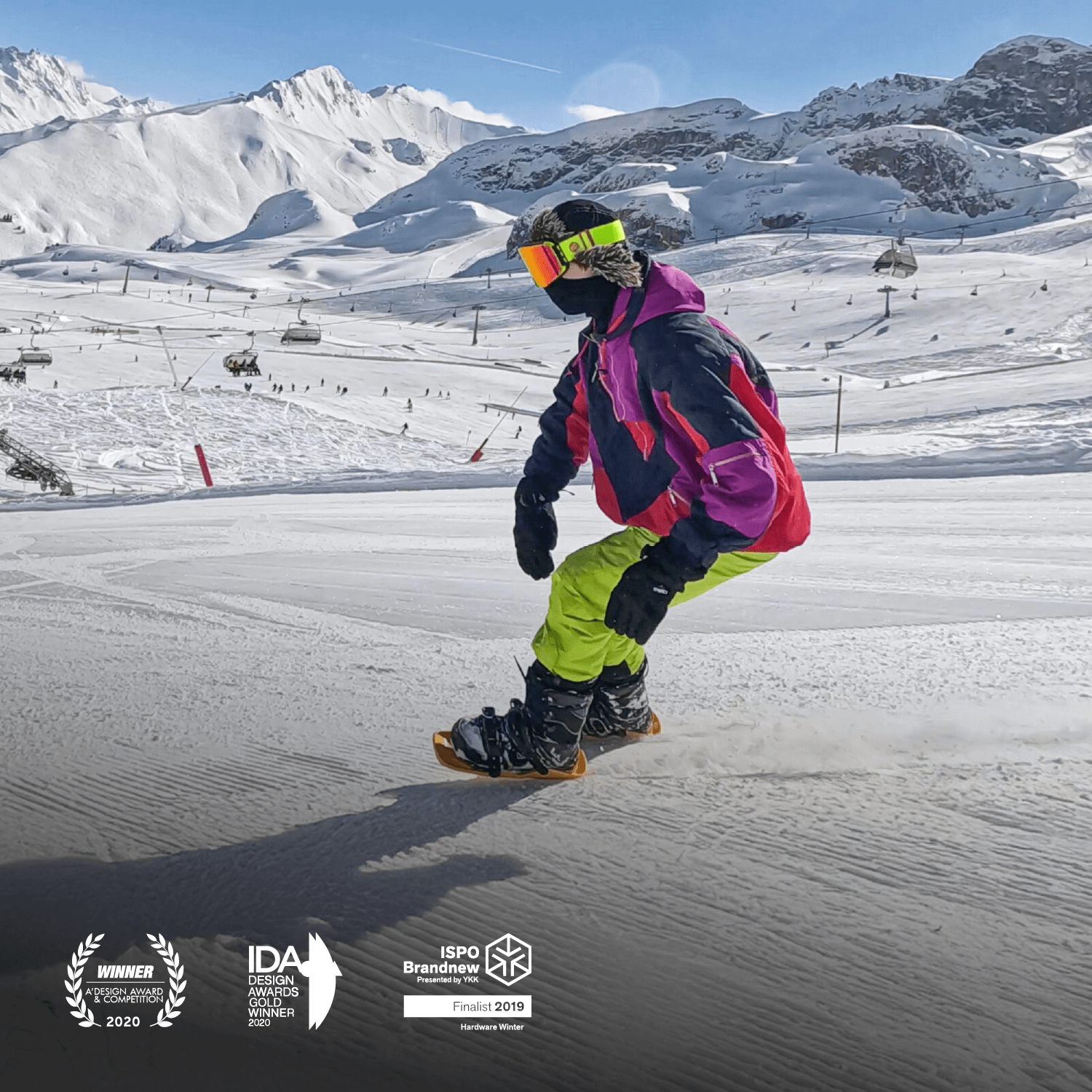
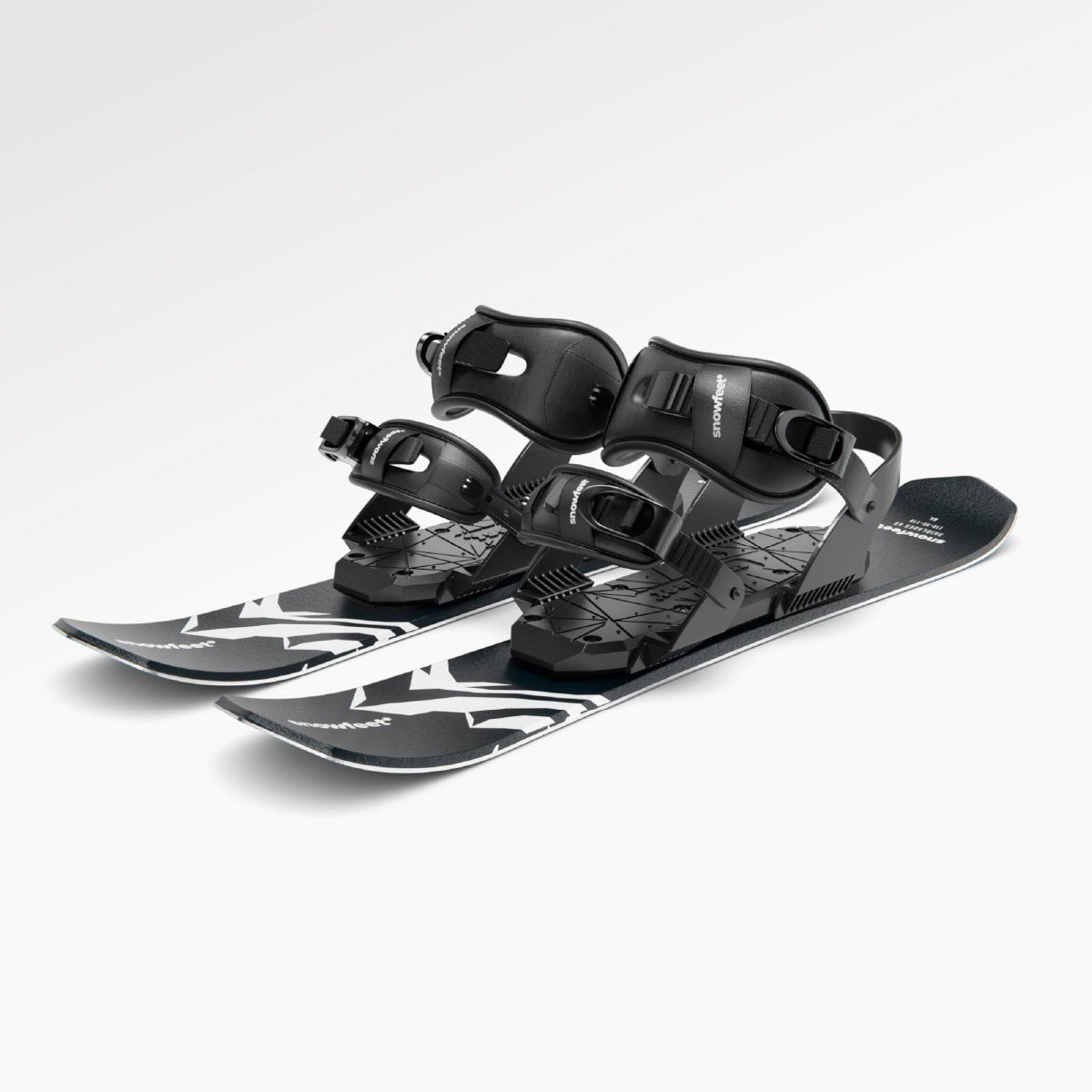

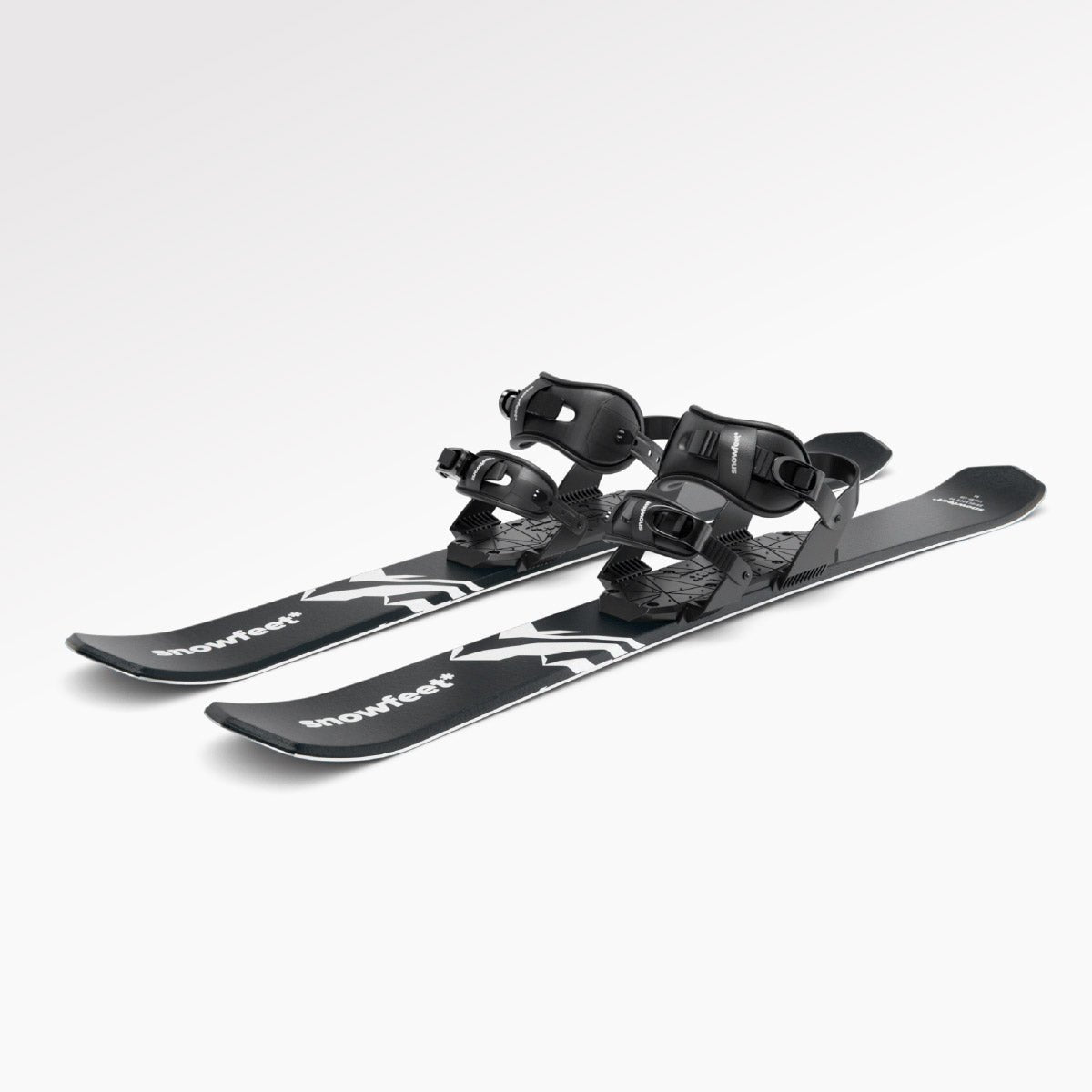

댓글 남기기
이 사이트는 hCaptcha에 의해 보호되며, hCaptcha의 개인 정보 보호 정책 과 서비스 약관 이 적용됩니다.